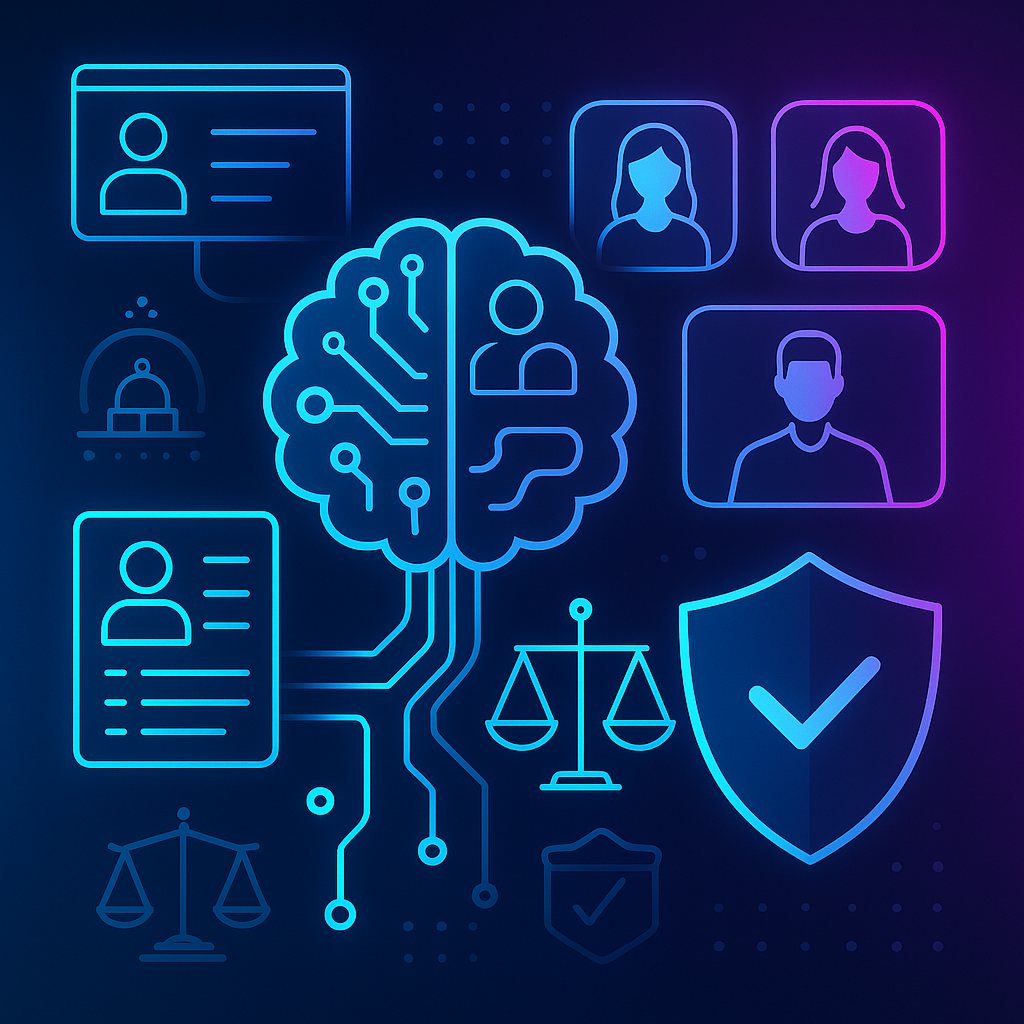3 Ways to Prepare for Changing Hiring Landscape

Change — much like death and taxes — is inevitable. It’s a near certainty.
That said, nobody could’ve correctly predicted the effect the novel coronavirus would have on so many things, HR included. The very nature of work looks different than it did a mere four months ago.
Opportunities in remote work, IT, and healthcare logistics are on the rise. At the same time, the 1 in 5 Americans who have filed for unemployment since mid-March are all indicative of the future challenges facing HR.
Recruiters are working with fewer available positions, plus more of those jobs are being redefined and redesignated as remote. Those two realities, in tandem, create a job market that’s become more challenging to navigate for both job seekers and recruiters. Companies trying to move through this shift while asking questions about the future of HR will soon realize that adjusting to these changes enables them to better engage and secure the best talent.
Address the Challenges Facing HR Management
The new HR normal is going to take some getting used to, as recruiters and talent acquisition professionals begin to target virtual and remote talent pools. To keep pace with a talented and global candidate market, these three strategies need to be kept in mind when confronting the future challenges facing HR:
Put your goals out there
With the question of “What is the future of HR?” changing by the day, companies need to adjust by putting a strategy in place that keeps up with that outlook.
Determine the “why” behind your recruiting strategy, and then give your team members the resources and freedom they need to bring it to fruition. Be thorough about every step of your plan and tie it back to the overall goal of hiring a good fit for the role and the company as a whole.
Adjust your onboarding approach
The way you recruit and hire talent is changing, and so is the way that talent is integrated into new jobs. The future of employee onboarding is becoming decidedly more digital while still maintaining and amplifying standard portions of the process.
From virtual office tours to user-friendly collaborative tools, technology and the future of work can humanize the training and integration process for new talent despite it becoming increasingly contactless. Recruiters who embrace these employee recruitment tools and applications expedite onboarding and set new hires up to get into a groove faster while showing more ROI.
Build a sustainable tech stack
Just as onboarding is progressing, the future of recruiting and hiring technology should be able to grow and shrink along with your talent acquisition needs. This collection of technology should be complementary and optimize end-to-end HR functions.
Your stack should be built to fix the issues facing HR and contain solutions from trustworthy vendors whose products have values and goals that align with your own. Once you put this technology into place, measure the success of your hiring and onboarding processes to determine whether you’re finding the right kind of talent and coaching them up as needed.
As the nature of recruitment and employment changes, the responsibilities of an HR department will evolve. Be flexible in developing a strategy that stands up to the challenges and opportunities affecting the future of HR management, and you’ll be equipped to deal with anything that comes your way.





